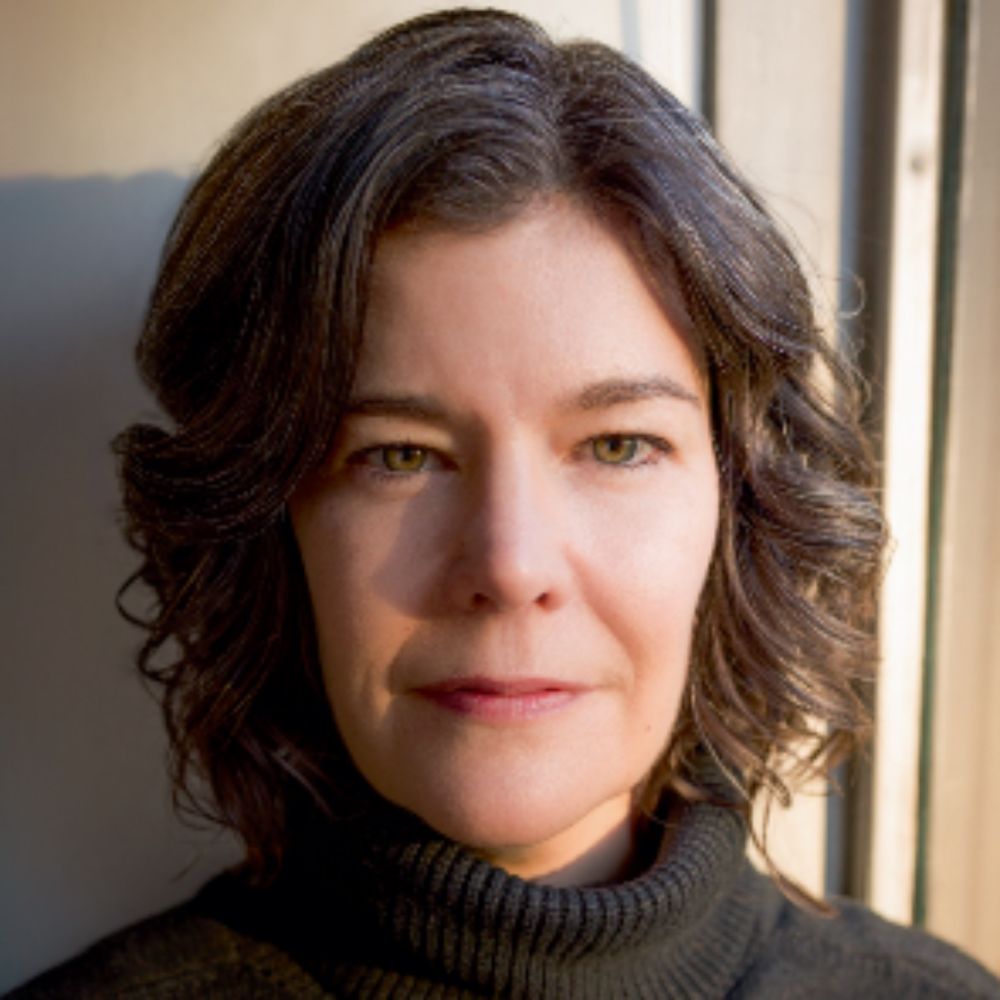
One key difference: static versus dynamic descriptions.
One key difference: static versus dynamic descriptions.
www.nature.com/articles/nn....
www.marinopagan.com/pagan_lab/as...

www.nature.com/articles/nn....
www.marinopagan.com/pagan_lab/as...
/2

/2
Here's what @marlenecohen.bsky.social and I had to say about it. /1
www.nature.com/articles/s41...

Here's what @marlenecohen.bsky.social and I had to say about it. /1
www.nature.com/articles/s41...
www.nature.com/articles/s41...

www.nature.com/articles/s41...
(My puzzle advent calendar arrived yesterday. 24 excuses to combat chaos by finagling 100 pieces back into a nice, tidy order. Exactly what I need to wrap 2025!)
(My puzzle advent calendar arrived yesterday. 24 excuses to combat chaos by finagling 100 pieces back into a nice, tidy order. Exactly what I need to wrap 2025!)
givebutter.com/SupportSAS25

givebutter.com/SupportSAS25
wonder."
rdcu.be/eCGr7

wonder."
rdcu.be/eCGr7
sciencehomecoming.com
sciencehomecoming.com



